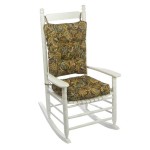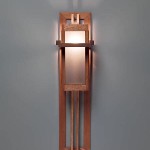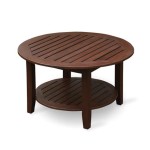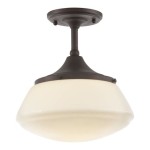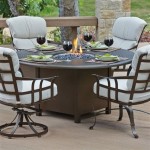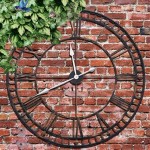How to Install an Outdoor Shower
Outdoor showers offer a refreshing and convenient way to cool off after a swim, garden work, or a day at the beach. Installing an outdoor shower can be a rewarding DIY project, adding a touch of luxury and functionality to your outdoor space. This article will guide you through the process of installing an outdoor shower, providing step-by-step instructions and important considerations.
1. Planning and Preparation
Before diving into the installation, careful planning is crucial. Begin by determining the desired location for your outdoor shower. Consider factors such as proximity to a water source, drainage, and privacy. Ensure that the chosen location is level and free from obstacles.
Next, decide on the type of shower you want to install. There are several options available, including freestanding showers, wall-mounted showers, and shower kits. Freestanding showers offer flexibility and portability, while wall-mounted showers provide a more permanent installation. Shower kits typically include all the necessary components, simplifying the installation process.
Once the location and type of shower are determined, gather the necessary materials and tools. These include shower head, shower arm, plumbing fixtures, hoses, valves, fittings, water source connection, drainage system, and construction materials for the shower enclosure, if required.
2. Installing the Plumbing
Installing the plumbing is a vital step in the process. The first step is to connect the water source to the shower. If you have a dedicated outdoor water tap, this step will be relatively straightforward. Simply attach a hose to the tap and run it to the shower location.
If you do not have an outdoor tap, you may need to run a new water line from your home's plumbing system. This will involve running a pipe from the main water supply to the shower location. It is important to get a permit for any plumbing work and hire a qualified plumber if you are unsure about the process.
Next, install the shower head and arm. Attach the shower arm to the wall, and then screw the shower head onto the arm. Ensure that the shower head is positioned at a comfortable height. Install the hot and cold water valves, ensuring they are easily accessible and operate smoothly.
3. Creating the Shower Enclosure
If desired, construct a shower enclosure to provide privacy and shelter from the elements. The type of enclosure will depend on your budget and personal preferences. Simple options include a freestanding shower curtain or a temporary enclosure made of plastic sheeting. For a more permanent solution, consider building a wood frame and installing waterproof panels.
If using wood, ensure that it is treated to withstand moisture and rot. You can also use materials like brick, stone, or concrete for a more durable and stylish enclosure. Ensure that the enclosure is properly sealed to prevent water from leaking into the surrounding area.
4. Installing the Drainage System
A proper drainage system is essential to prevent water from pooling around the shower area. If your outdoor shower is close to your home's drainage system, you can connect the shower drain to the existing system. Alternatively, install a separate drainage system. This can involve a simple drainpipe that leads to a designated area or a more elaborate system with a drain pan and a sump pump.
Ensure that the drainage system has adequate slope to ensure proper water flow and that it is properly sealed to prevent leaks. Consider using a drain grate to cover the drain opening, which helps to prevent debris from clogging the system.
5. Finishing Touches
Once the plumbing, enclosure, and drainage are in place, it's time to add the finishing touches. Install a shower floor or a non-slip mat to provide a safe and comfortable footing. You can also add amenities such as a bench, shelves, or towel racks for convenience.
Consider incorporating decorative elements like plants, lighting, or artwork to enhance the aesthetic appeal of your outdoor shower. Ensure that any electrical components are properly grounded and protected from the elements.
With the installation complete, you can enjoy a relaxing and refreshing outdoor shower experience. Remember to regularly maintain your outdoor shower by cleaning the shower head, checking the water valves, and ensuring the drainage system is functioning properly.

How To Add An Outdoor Shower

How To Add An Outdoor Shower

Options For Drainage Your Outdoor Shower Cape Cod Kits

How To Install An Outdoor Shower What You Should Know About Showers

Creating An Outdoor Shower Finegardening

32 Beautiful Easy Diy Outdoor Shower Ideas A Piece Of Rainbow

Diy Outdoor Shower For Knuckleheads

What You Need To Know Before Installing An Outdoor Shower

Outdoor Showers 101 Homeowner S Guide Bob Vila

These 14 Outdoor Showers Will Convince You To Install One At Home Cottage Life


